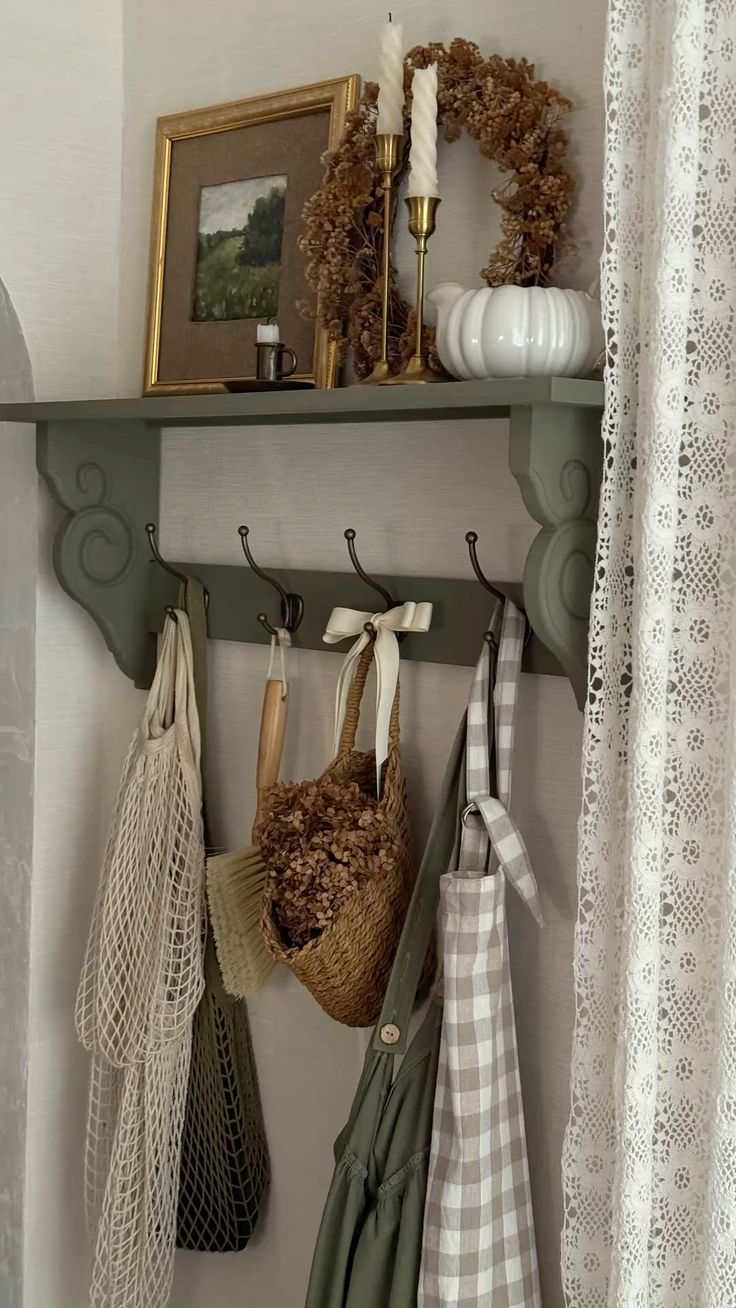As days grow shorter and nights longer, the right lighting becomes essential to creating a warm and welcoming home. In spaces like living rooms and bedrooms, where comfort and functionality are key, layered lighting can transform your space, enhancing ambiance and making up for November’s shorter days. Here’s how to achieve a well-balanced lighting setup that brings both brightness and coziness to every corner of your home.

Understanding Layered Lighting
Layered lighting combines different types of lighting—ambient, task, and accent—providing a balanced and flexible illumination scheme. Each type serves a unique purpose: ambient lighting gives overall brightness, task lighting focuses on specific activities, and accent lighting highlights design elements or adds warmth. Together, these layers offer a comprehensive lighting setup, allowing you to adjust for various needs and moods.
Ambient Lighting for Overall Illumination
Begin with ambient lighting as your foundational layer, ensuring the room is well-lit even on dark days. In the living room, ceiling fixtures, chandeliers, or recessed lighting create a soft, even glow. For bedrooms, a central ceiling light or fixture works well. Dimmable options are ideal, allowing you to soften the brightness in the evenings for a relaxing ambiance.

Task Lighting for Functionality
Task lighting provides focused brightness where it’s needed most, enhancing areas dedicated to reading, working, or hobbies. In the living room, floor lamps or reading lamps near seating areas work well, offering focused lighting without overpowering the room. In bedrooms, bedside table lamps are perfect, offering a soft yet functional glow for reading. Wall-mounted lights or swing-arm lamps also work beautifully, providing light without taking up precious bedside space.
Accent Lighting to Set the Mood
Accent lighting adds depth and drama to your room, highlighting architectural features or decorative elements. In living rooms, picture lights, wall sconces, or LED strips behind shelving units create subtle yet beautiful focal points. In bedrooms, under-bed lighting or a light strip behind the headboard can add a soft, comforting glow. Accent lighting is typically softer, so dimmable options work well to control brightness.

Choosing the Right Bulbs
Bulb selection plays a key role in achieving the right mood for each lighting layer. Warm light bulbs (around 2700K) create a cozy, relaxed ambiance and are perfect for accent and ambient lighting. Slightly cooler light (3000-3500K) works well for task lighting, providing better clarity and reducing eye strain for activities like reading. LED bulbs are energy-efficient and available in a variety of color temperatures, making them ideal for layered lighting.
Placement and Layering Tips
In the living room, begin with ceiling lighting for overall brightness, then add floor lamps near seating areas for task lighting. Add wall sconces or accent lighting on shelves or architectural details to add depth. In bedrooms, use an overhead light for ambient lighting, then place lamps on bedside tables or mount wall lights for reading. Finally, consider soft accent lights, like under-bed lighting or a strip behind the headboard, to create a gentle, comforting glow.

Creating a layered lighting plan can help your home feel bright, cozy, and inviting through the darker months. Thoughtful lighting adds a welcoming atmosphere and transforms your space into a true retreat from November through winter and beyond.




.png)




